Imagine being a very special sibling, having some unique features, acting in a good and interestingly weird way unlike others – feeling important already, right? Heterocyst is such a sibling of other algal cells which altogether make a filamentous structure of the algae. Whereas the other cells perform the function of vegetation causing them a greenish or bluish green appearance, heterocyst being special makes its position clear by having a pale green color and acting awkwardly.
So, what is heterocyst?
It can be defined as a differentiated cyanobacterial cell that carries out nitrogen fixation under aerobic conditions. They are formed in response to a lack of fixed nitrogen (NH4 or NO3) in the algal environment.
- Found in some filamentous members of Myxophyceae
Firstly, you don’t see heterocyst in every alga. Only in special organisms that had baffled the scientists of two schools (algologists and bacteriologists) for centuries. They are called Cyanobacteria or Blue-Green Algae (Class Myxophyceae). But you can not find heterocysts in every member of Myxophyceae. Only in some filamentous ones. - Distinctive
That is, you can distinguish them very easily under your microscope if they are present. They are light yellow colored and comparatively larger than other vegetative cells. They appear empty under light microscope (Good to know that akinetes appear full of storage products). - Specialised
Told before that these structures are very special. They perform functions (Nitrogen fixing) different than other vegetative cells. Also they have a thick cell wall and lack chlorophylls (thats why pale yellow in color). So, photosynthetically inactive.
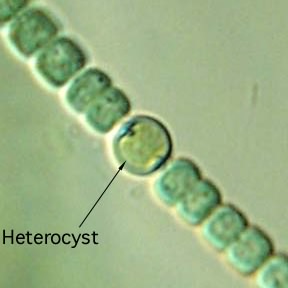
Best safe and secure cloud storage with password protection
Get Envato Elements, Prime Video, Hotstar and Netflix For Free
Best Money Earning Website 100$ Day
#1 Top ranking article submission website
Can be defined otherway as, a heterocyst is a differentiated, large and specialized cyanobacterial cell that carries out nitrogen fixation.
Good to know
- Nitrogen fixation is a process by which molecular nitrogen in the air is converted into ammonia (NH3) or related nitrogenous compounds as atmospheric nitrogen is a relatively nonreactive molecule that is metabolically useless to all but a few microorganisms.
- Heterocyst has to maintain communication with the other cells of the body. So if it is terminal in position, it is attached with single cell and it has single pore. But, if the heterocyst is intercalary, it has to maintain communication in both ways, then it contains double pores.
Position of Heterocysts
- Terminal i.e at the end of filament.
- Intercalary i.e in between the cells of the filament.
| Types | Sub-types | Figure |
Terminal
|
Basal
|
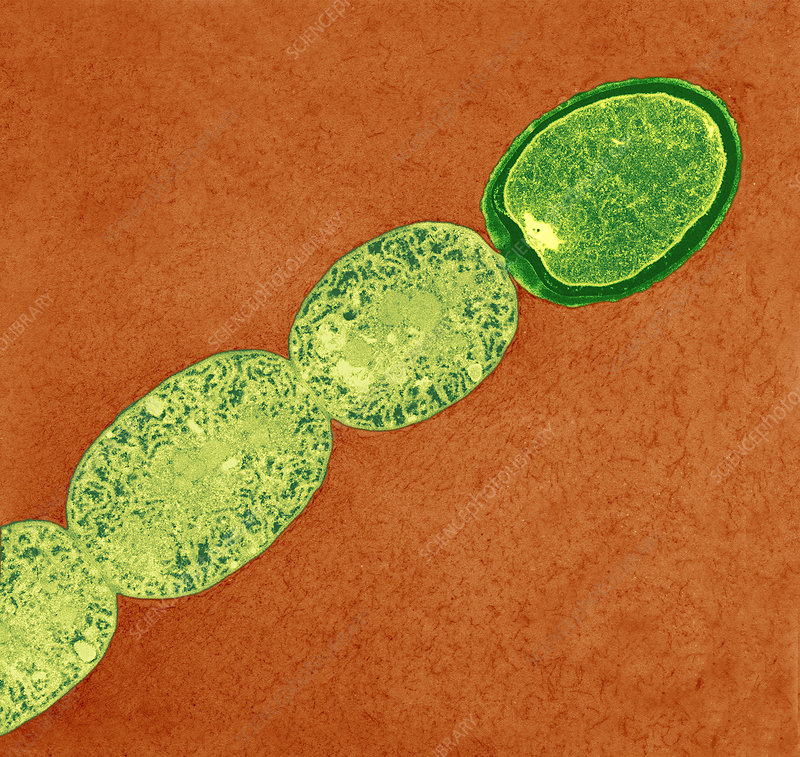 |
Pedicellate
|
||
Lateral
|
||
Intercalary
|
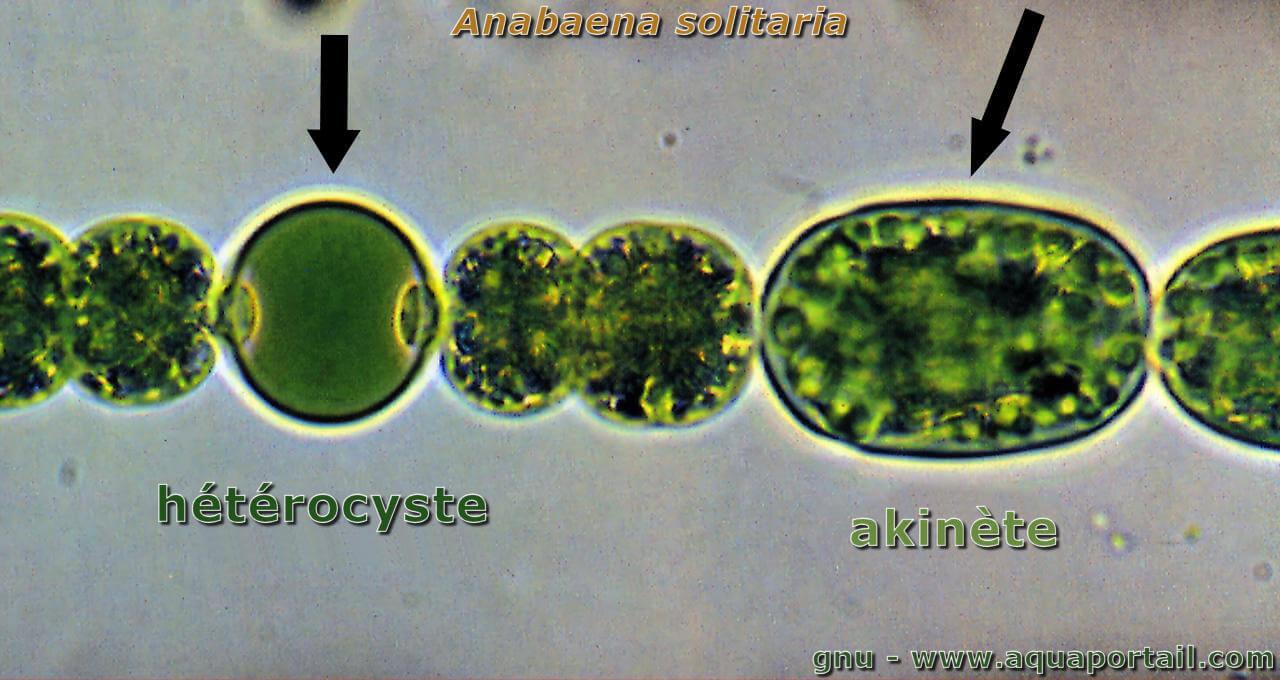 |
Structure
Famous phycologist Fritsch (1951) has described the heterocyst as ‘a botanical enigma’. It was because of their structures and functions. But before understanding the structural modifications, we need to know the functions of heterocysts as the activities shaped the structure of this micro-body.
The main function of heterocyst is to fix atmospheric nitrogen. They can do so as they have a special enzyme called ‘Nitrogenase‘ unlike other photosynthetic cells. Interestingly, nitrogenase is a notoriously oxygen sensitive enzyme i.e they activate in oxygen less or free environment.
But again the other algal cells must require oxygen to photosynthesize. So how come they maintain such paradoxical environment within the whole body? The answer is cellular differentiation of labor i.e. some cells only photosynthesize and some cells only fix nitrogen (such as heterocyst).
But remember, both types of cells (normal cells and heterocysts) respire. But doesn’t respiration cause the evolution of oxygen?? How come nitrogenase work then? Find the answer below.
The heterocyst is modified in an enigmatic way just to withhold the nitrogenase enzyme creating an oxygen free cellular environment (virtually anoxic).
Now, lets understand how the heterocyst is modified to make such ideal condition.
Surrounded by thick glycolipid walls
To limit the entry of atmospheric gases, including oxygen.
Yellow, dense, uniform and homogeneous contents
It is because they have only carotenes. As they maintain an oxygen free environment to activate nitrogenase enzyme, they are devoid of all oxygen consuming and producing machines such as green pigments (normally present in chromatophores).
Pores present at the joining links to other cells
Though these cells maintain a strong isolation by having a dense thick wall around, they need to maintain communication with other cells for supply of substrates (for respiration) and also for the convey of nitrogen from heterocysts to the vegetative ones. In order to do so, they develop pores at the joining portions with other cells. Thus maintain a porotoplasmic micro-connection.
Note that, terminal heterocysts has single pore and intercalary heterocyst has double pores. At the same position, the cell wall remains very thick.
Transformation of vegetative cell into heterocyst
Best safe and secure cloud storage with password protection
Get Envato Elements, Prime Video, Hotstar and Netflix For Free
Best Money Earning Website 100$ Day
#1 Top ranking article submission website
Heterocysts may develop from any normal cell of the filamentous body. But for this transformation, a specialized condition is necessary. The differentiation of a heterocyst is triggered only when the cells are exposed to a nitrogen deprived area (ammonia, nitrate, nitrite).
The process includes:
- The entire vegetative cell enlarges.
- Cell wall becomes multilayered.
- Except carotenoids, all other pigments are lost.
- Reorientation and breakdown of thylakoids occur.
- Granular bodies are disappeared.
- Fat components of vegetative cells disappear and are replaced by two lipids such as glycolipids and acyl-lipids.
- Exhibits a high rate of respiratory oxygen consumption to make the micro environment oxygen depleted.
- In order to fix nitrogen from the atmosphere, the nitrogenase enzyme requires ATP as a source of energy. The process is one of the most metabolically expensive process in biology, requiring 16 ATP for each molecule of Nitrogen fixed.
So, they have a high respiration rate. It benefits the heterocysts in two ways: by making more energy and by limiting the free oxygen. - Again they lack photosystem II but have photosystem I which can produce ATP by cycling photophosphrylation. (Photosystem II produces Oxygen).
Functions
The functions are behind all of these enigmatic transformations. So lets see what and how do heterocysts work.
- They help in reproduction by acting as a point of fragmentation.
- They are seat of salt accumulation (Fogg, 1951).
- They are the main sites of nitrogen fixation.
- The heterocysts can germinate (rarely seen) to form new filaments in some cases.
Good to know
- It is likely that akinetes were the evolutionary precursors of heterocysts (Meeks et al., 2002).
- Heterocyst formation is a terminal event and is a basic form of programmed cell death or apoptosis.
- Heterocysts have a limited period of physiological activities and appear to have a limited life.
Another article will be linked later describing the process of nitrogen fixation in heterocysts in a detailed way.
Source:
- A heterocyst along with vegetative cells – http://fnie-educationalmedia.pbworks.com/w/page/4271710/Cyanobacteria
- Nostoc punctiforme: https://www.sciencephoto.com/media/115740/view/cyanobacterium-nostoc-punctiforme-
Best safe and secure cloud storage with password protection
Get Envato Elements, Prime Video, Hotstar and Netflix For Free
 Plantlet The Blogging Platform of Department of Botany, University of Dhaka
Plantlet The Blogging Platform of Department of Botany, University of Dhaka
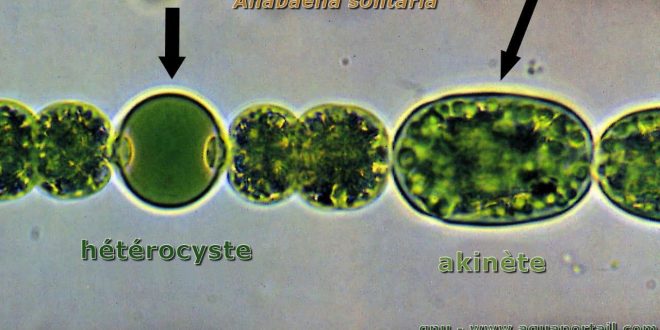

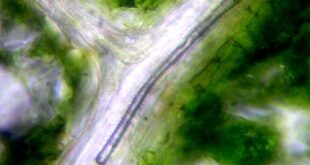
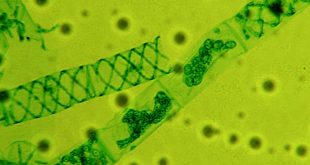

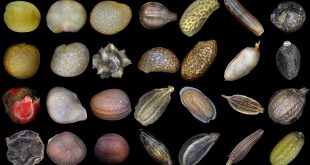
Thank you for your shening. I am worried that I lack creative ideas. It is your enticle that makes me full of hope. Thank you. But, I have a question, can you help me?